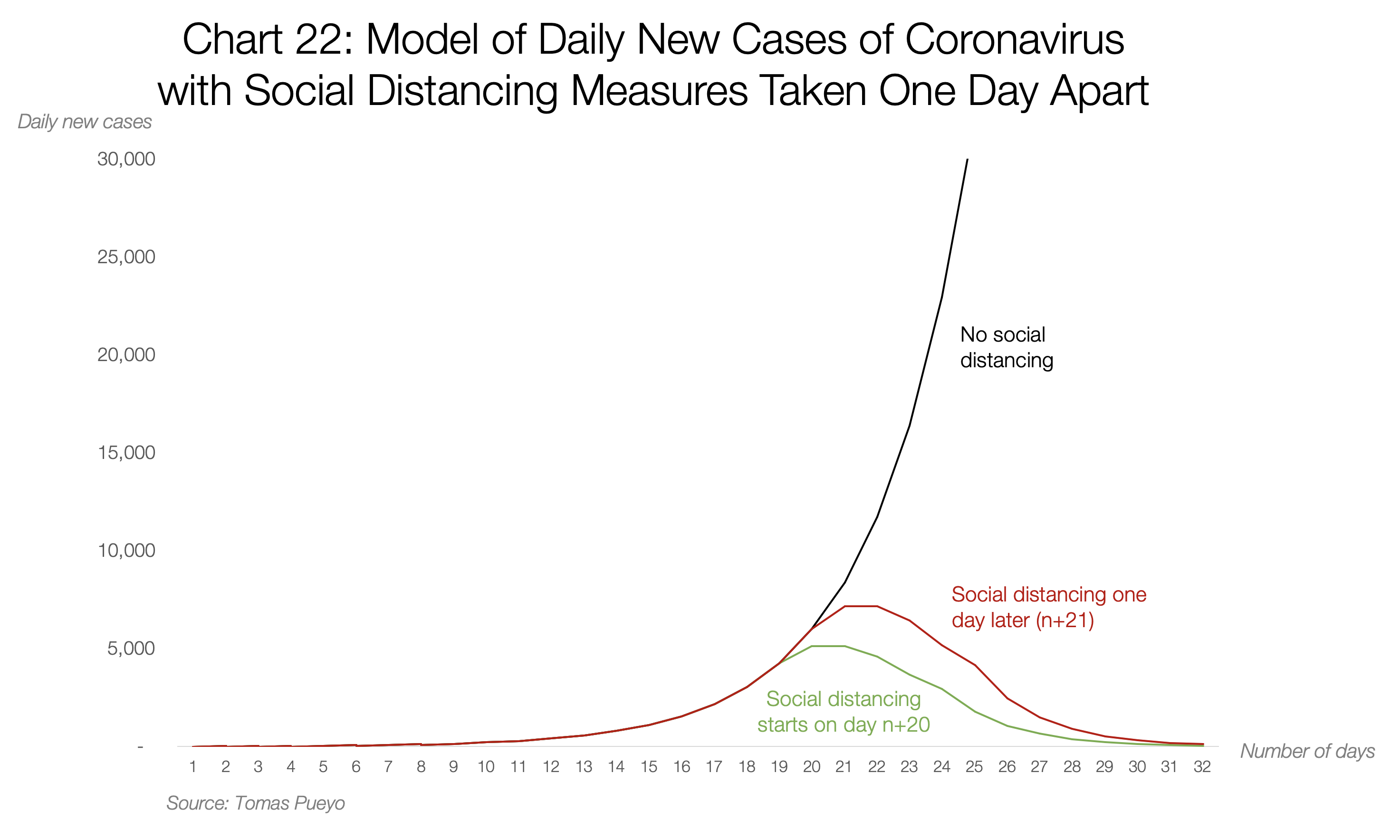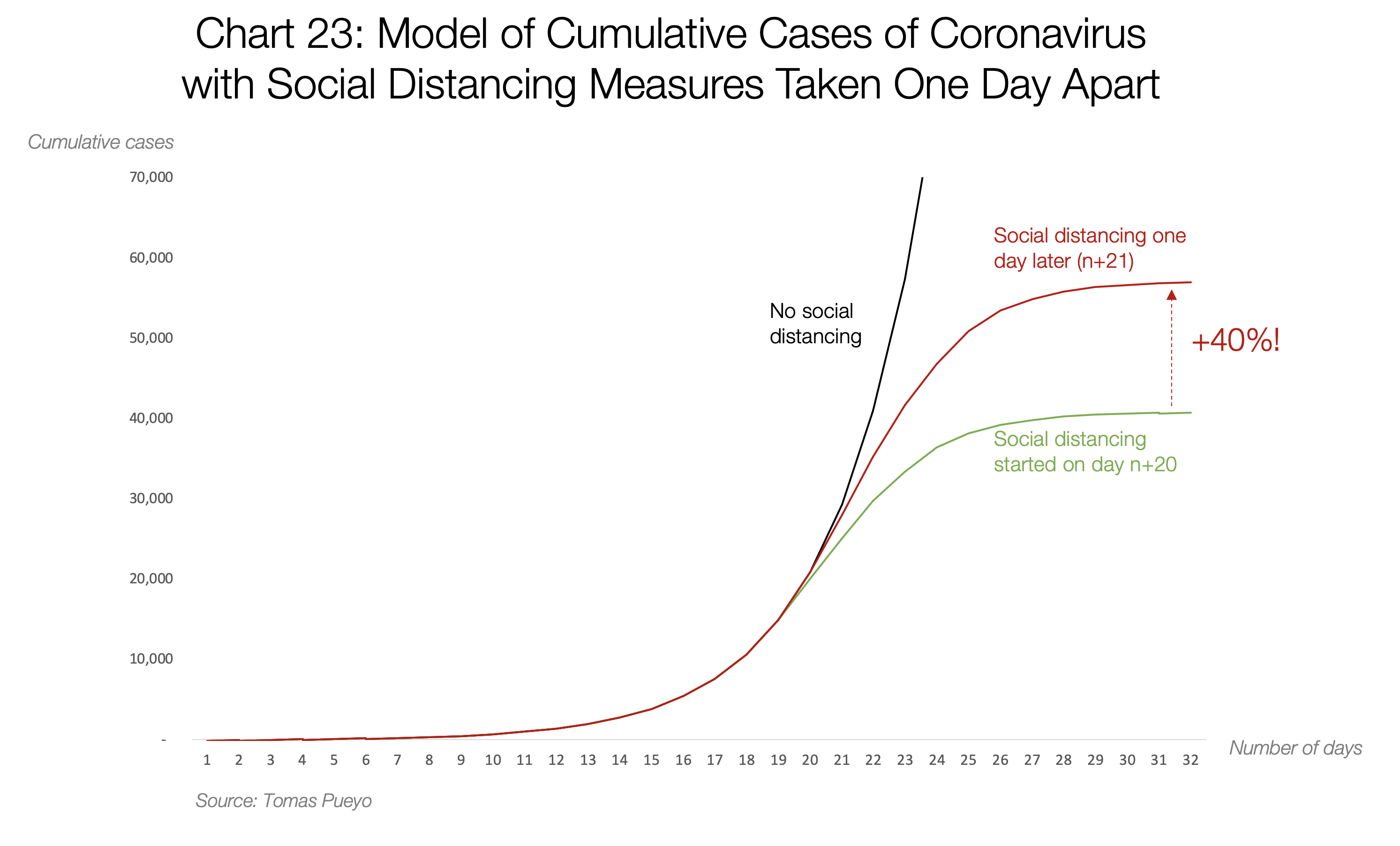The more you test the more you find the more you isolate so it doesn't spread further. But I did see after a point it doesn't matter any more cause it's out there so widely testing serves no purpose. Don't know we're at the point yet though.
Also saw on CNN a small study/observation of like 12 patients some with even a milder infection of coronavirus can have some longer term lung damage like 20-30% reduction in lung function. Still too early and not a large enough sample to say what the long term effects are though.
From a business insider article I found:
People who recover after being infected with
the novel coronavirus can still be left with substantially weakened lung capacity, with some left gasping for air when walking quickly, doctors in Hong Kong have found.
The Hong Kong Hospital Authority made the findings after studying the first wave of patients who were discharged from the hospital and had fully recovered from COVID-19.
Out of 12 people in the group, two to three saw changes in their lung capacity.
"They gasp if they walk a bit more quickly," Owen Tsang Tak-yin, the medical director of the authority's Infectious Disease Centre, told a press conference Thursday,
according to the South China Morning Post.
"Some patients might have around a drop of 20 to 30% in lung function" after full recovery, he said.
Tsang added, however, that patients can do cardiovascular exercises, like swimming, the improve their lung capacity over time.
While it's too early to establish long-term effects of the disease, scans of nine patients' lungs also "found patterns similar to frosted glass in all of them, suggesting there was organ damage," Tsang said, according to the Post.
Current coronavirus patients' CT scans show "ground glass," a phenomenon in which fluid builds up in lungs and presents itself as white patches,
as Business Insider's Aria Bendix has reported. The scans below, taken from one coronavirus patient at different points in time, show that the person's "ground glass" became more pronounced as their illness progressed.
https://www.businessinsider.com/cor...function-gasping-air-hong-kong-doctors-2020-3


